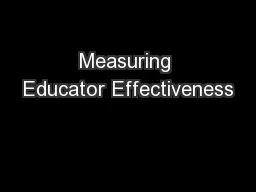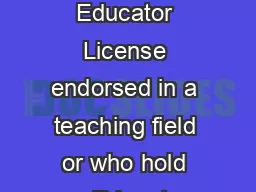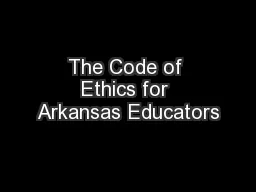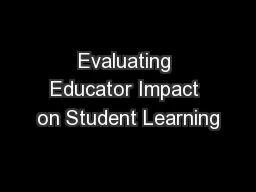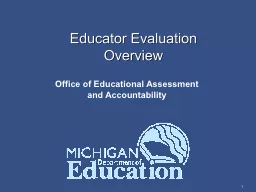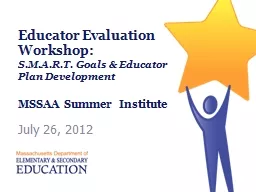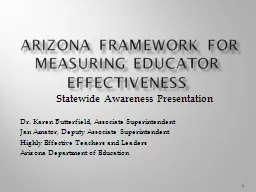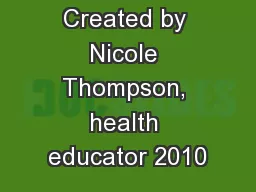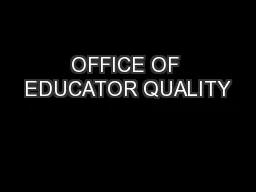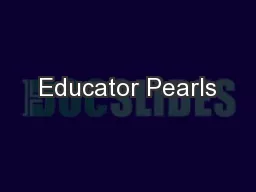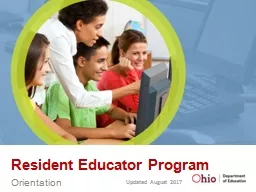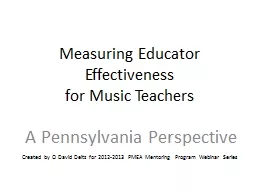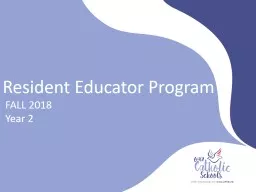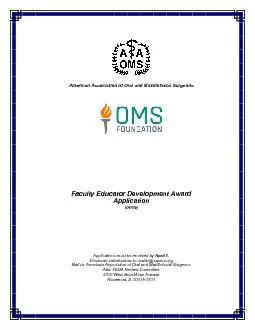PPT-Measuring Educator Effectiveness
Author : celsa-spraggs | Published Date : 2018-09-17
for Music Teachers A Pennsylvania Perspective Created by O David Deitz for 20122013 PMEA Mentoring Program Webinar Series there are still a lot of questions to
Presentation Embed Code
Download Presentation
Download Presentation The PPT/PDF document "Measuring Educator Effectiveness" is the property of its rightful owner. Permission is granted to download and print the materials on this website for personal, non-commercial use only, and to display it on your personal computer provided you do not modify the materials and that you retain all copyright notices contained in the materials. By downloading content from our website, you accept the terms of this agreement.
Measuring Educator Effectiveness: Transcript
Download Rules Of Document
"Measuring Educator Effectiveness"The content belongs to its owner. You may download and print it for personal use, without modification, and keep all copyright notices. By downloading, you agree to these terms.
Related Documents

